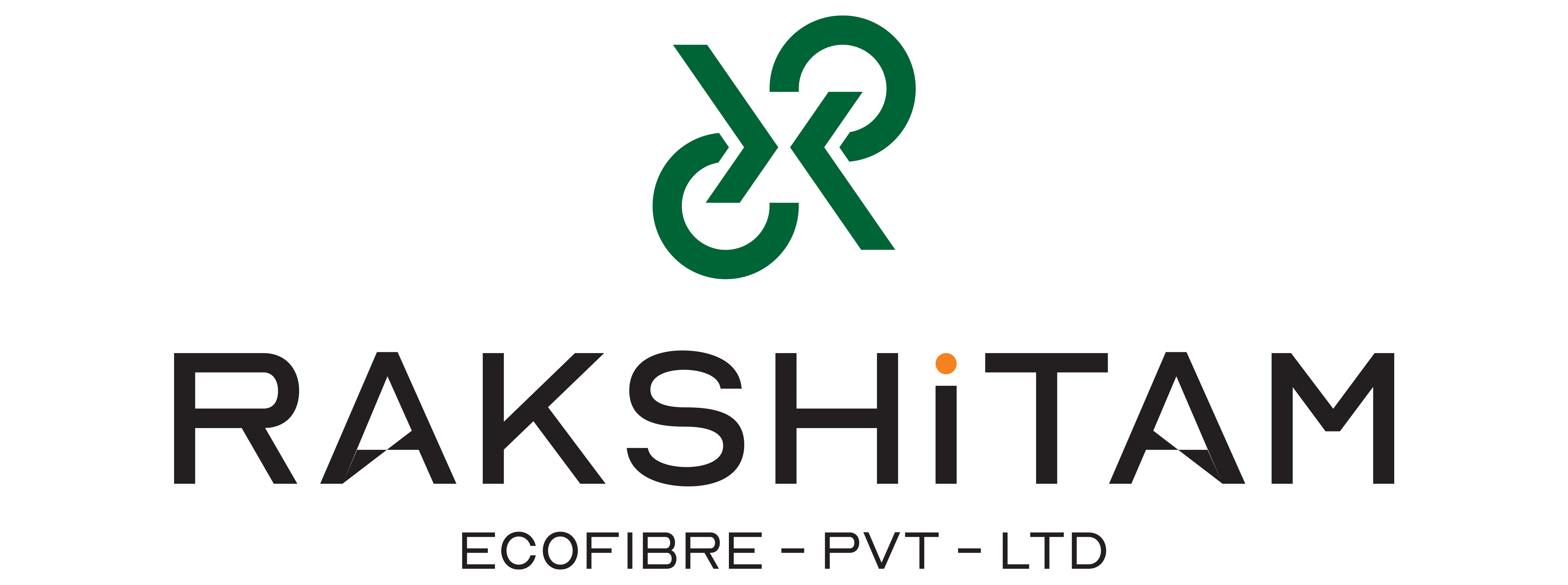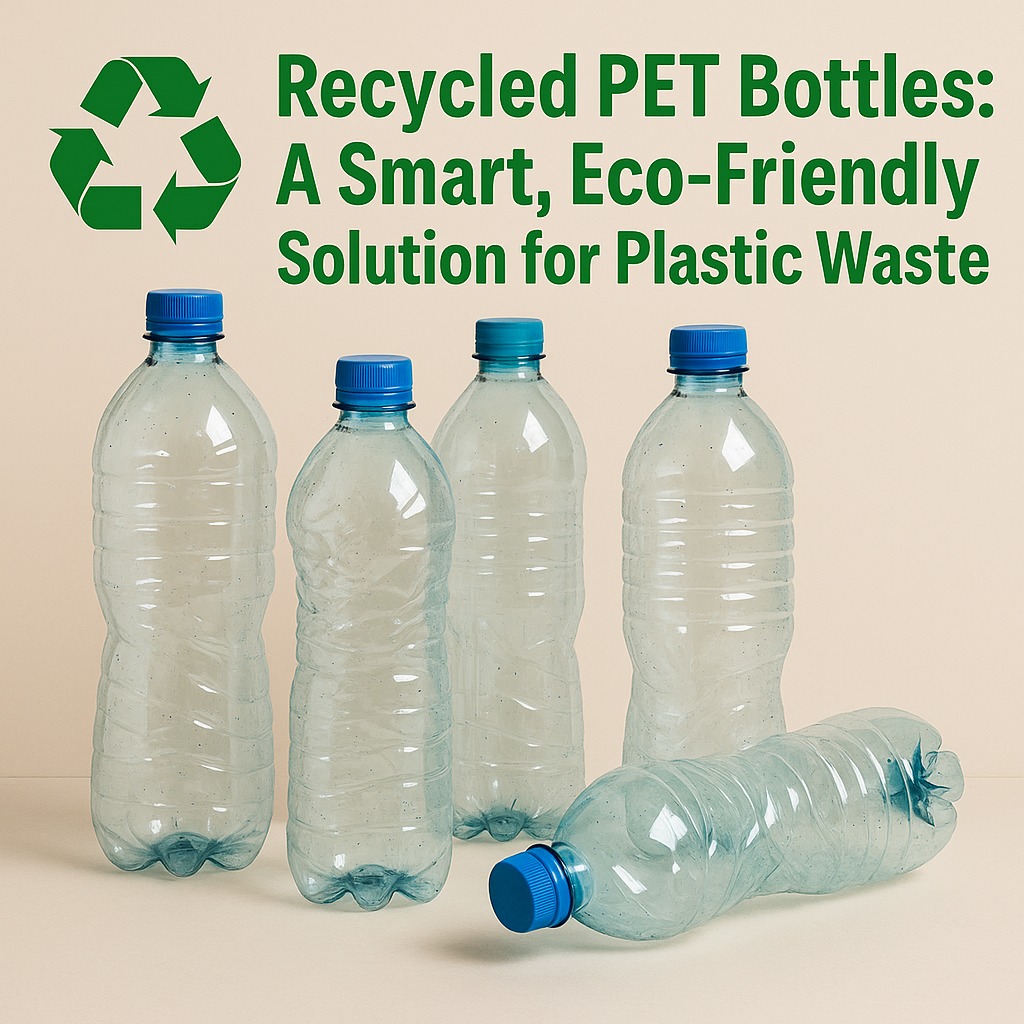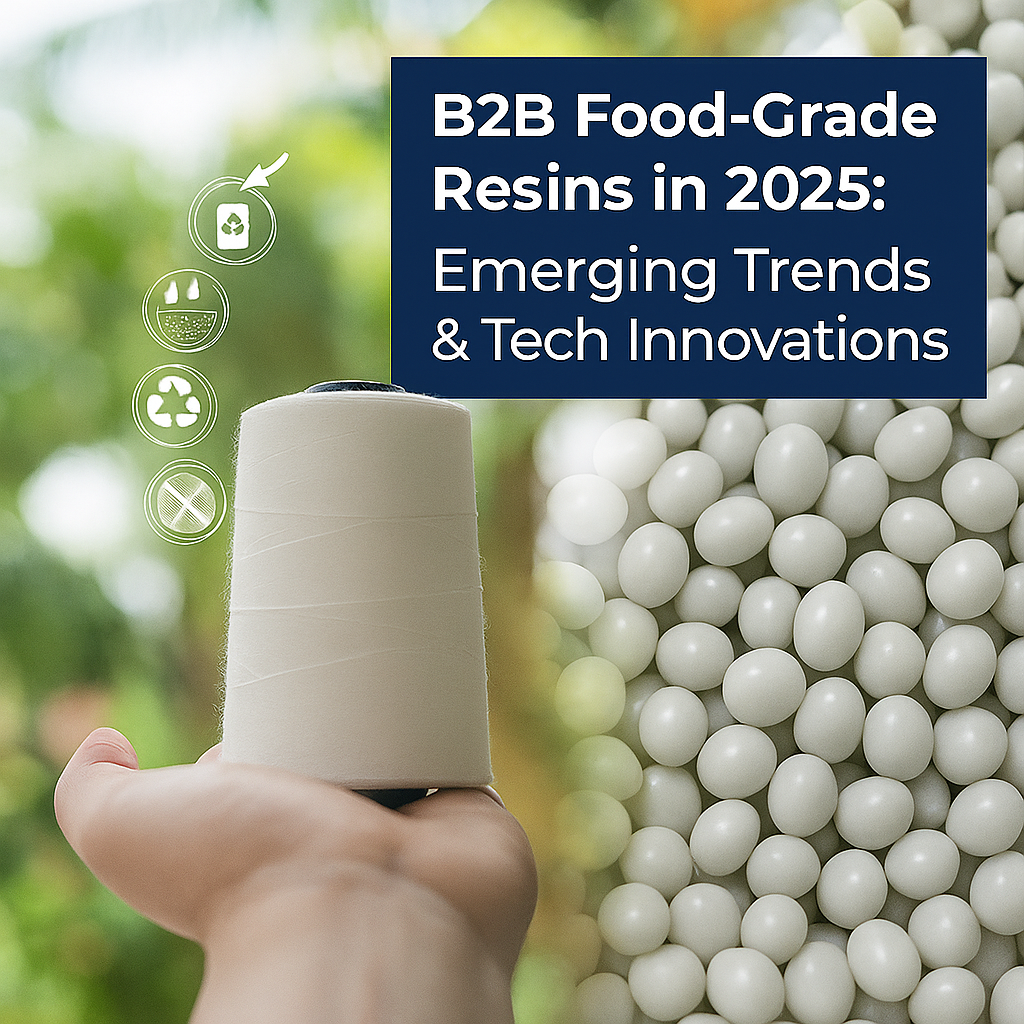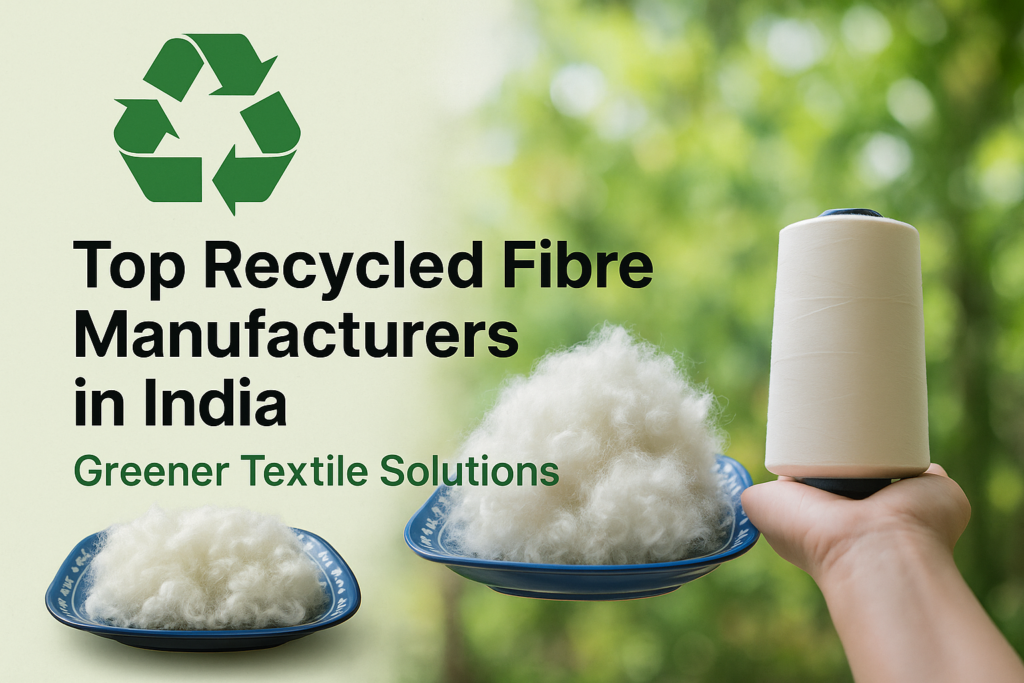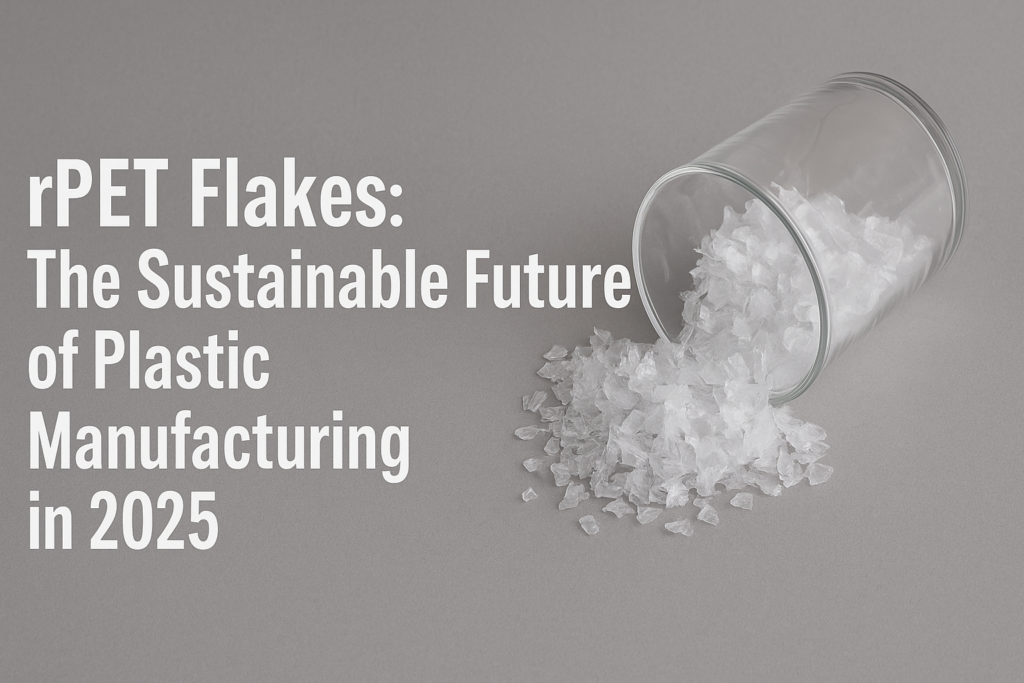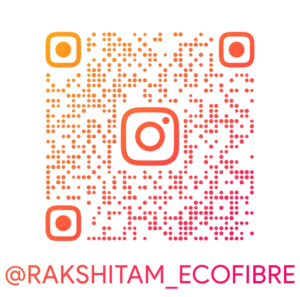The push for greener products keeps gathering steam, and rPET chips-Recycled Polyethylene Terephthalate, if you want the full name, quietly marched to the front of the crowd. Each pocket-sized white bead now rewrites the playbook for places as distant as garment factories, food pouches, and carpet looms. What started as a bottle in a parkside bin is slowly becoming thread, wrap, and padding for the next phone.
Indian mill owners, French start-ups, street-level activists, and shoppers in every timezone almost sound rehearsed when they call the same invention the heartbeat of the so-called circular economy.
What Are rPET Chips?
rPET chips are the result of used PET plastic processing which is mainly derived from water and soda bottles for the production of reusable pellets. These pellets will be remolded by being melted to make several other products such as recycled polyester staple fiber (RPSF), yarns, and food-grade packaging among others including automotive interiors.
The process involves:
- PET waste collection and sorting
- Cleaning and decontamination
- Flaking & melting
- Extrusion into rPET chips
This closed loop system not only ensures that plastics have a second life, but also a significant reduction in virgin petroleum based raw materials.
Why rPET Chips Matter
In an era dominated by climate change concerns and resource scarcity, rPET chips offer multiple environmental and economic benefits:
- The carbon footprint is lower when using recycled PET compared to virgin PET.
- Reduce energy consumption in manufacturing.
- Reducing plastic waste in landfills and oceans.
- Support for circular fashion and packaging industries
Brands across apparel, FMCG, and automotive sectors are increasingly demanding high-quality rPET chips for their eco-conscious production pipelines.
rPET Chips in Action
1 Textile and Apparel
Recycled PET pellets are melted down, extruded into fibers, and woven into everything from high-performance gym tops to trendy denim jackets. Both homegrown Indian labels and global giants tout rPET on hang-tags to show shoppers they mean business about sustainability.
2 Packaging
The material goes back into the supply chain as clear, sturdy containers that keep drinks fresh and cosmetics safe from leaks. Bottlers and beauty houses now favor rPET so their cartons can skip the landfill while still looking brand-new on the shelf.
3 Automotive and Construction
In the cabin of a sedan and the skeleton of a skyscraper, rPET composite panels find a second life as door trims, sound-muffling insulation, and low-pile carpet. Designers love the weight savings and builders like the story of circularity it tells to city inspectors.
India’s Role in the rPET Revolution
India is already a heavyweight in the casual business of PET recycling, quietly processing millions of tonnes each year. Now plastic-bottle scraps are being refined into chip-sized pellets on a scale that surprises even seasoned export brokers.
Fresh funding has flowed to the sorters and extruders who aim for the FDA and EU seals, so the pellet bags that leave Mumbai or Bengaluru no longer arrive marked with customs questions. Western brands like that certainty, and they say it loud enough for the next factory down the street to hear.
Challenges & the Road Ahead
rPET chips are a victory to celebrate, but the path still has a few bumps.
- Many collection centers still throw everything into one bin, so clean feedstock is hard to come by.
- Suppliers differ widely in what they call food grade, leaving brand owners guessing and quality teams grumbling.
- A lot of buyers and shoppers, truth be told, still can’t tell rPET from regular PET.
Despite those headaches, pressure from regulators, investors, and a restless public isn’t easing up; the market for recycled flake-and-chip will keep growing.
Also Read: India’s Innovative Approach to Recycling Plastic into Eco-Friendly RPSF Fabrics
Final Thoughts
rPET flakes are not a hand-me-down product; they are a fresh ingredient dressed up in yesterday’s wrapper. Designers weave them into sneakers, food houses stamp them into pouches, and engineers test them in car interiors. Indian start-ups, European brands, and a growing roster of global players trade ideas and ruin supply chains while arguing over color and drip. Step inside any modern factory and you will catch rPET humming in the machinery, quietly rewriting what waste can become. Each bottle that crosses the washing line nudges that story forward, one chip at a time.
